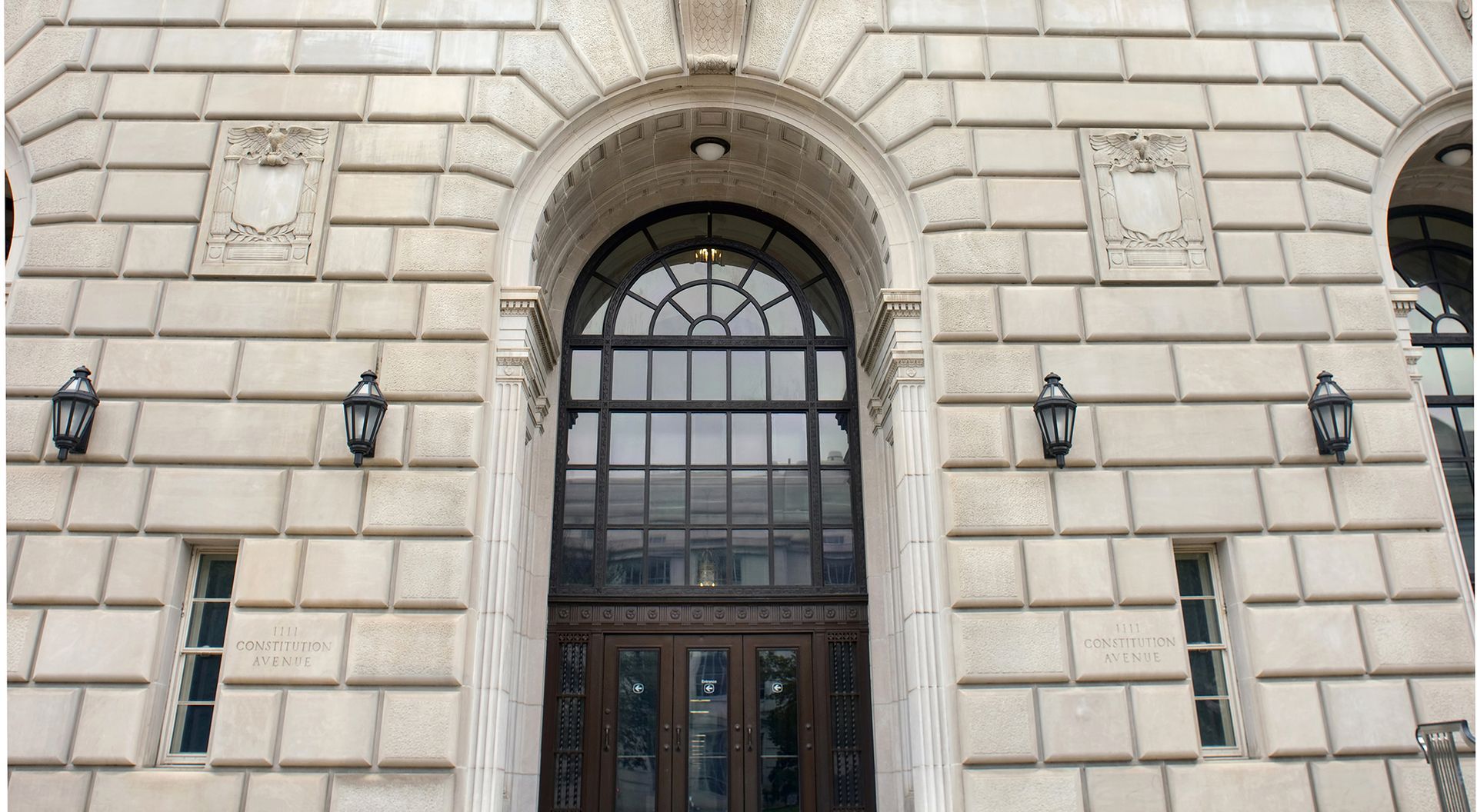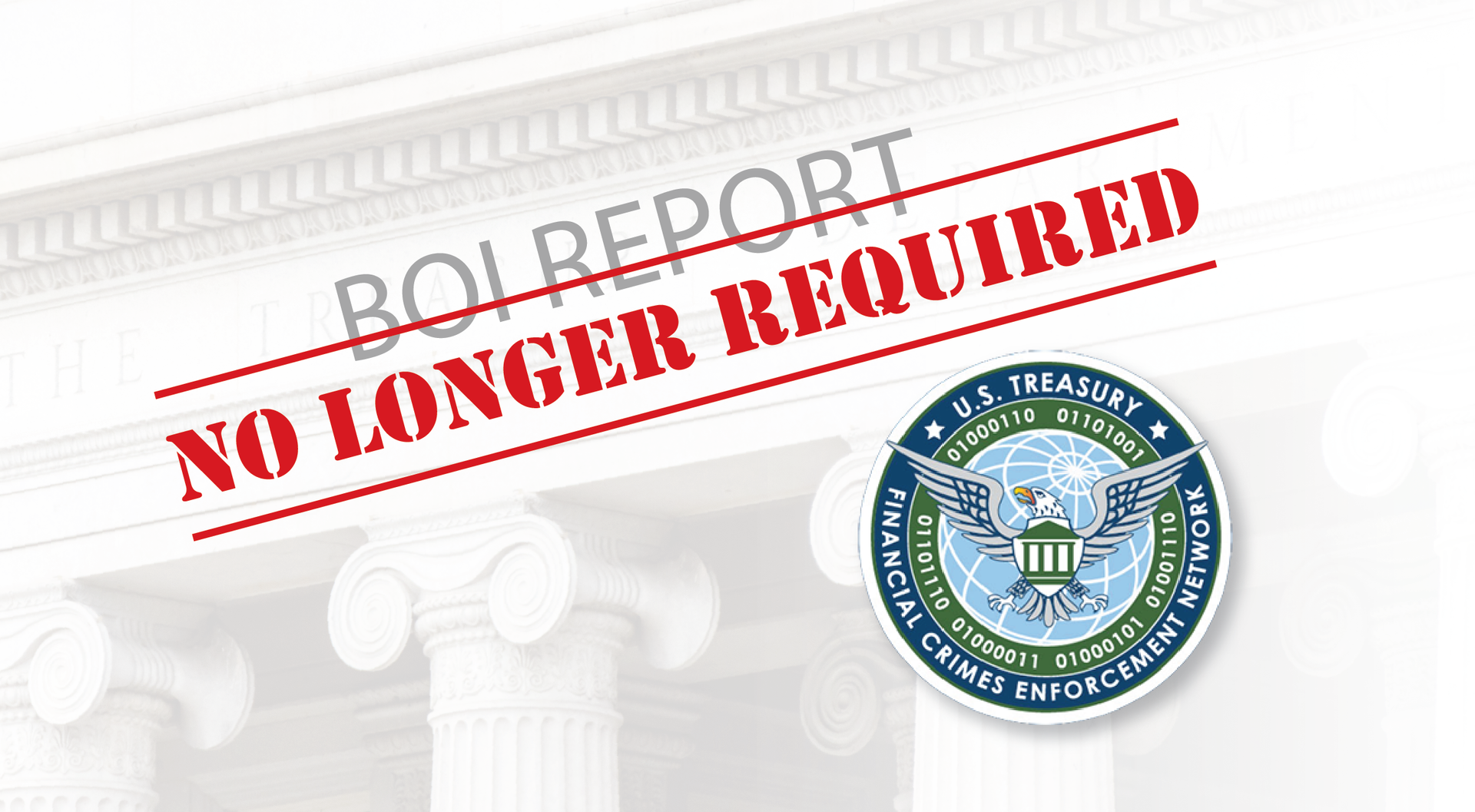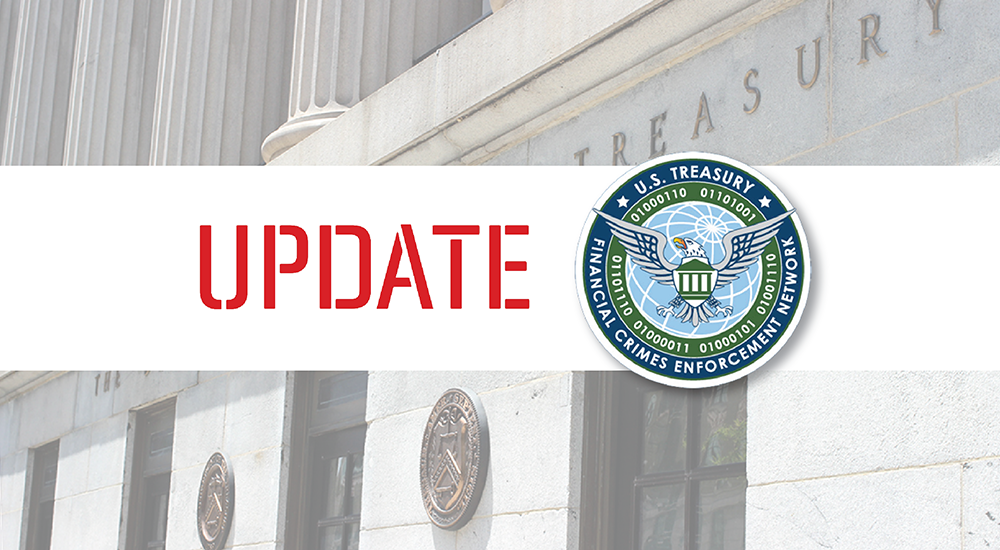Banking and Business Monthly – February 2020
FTC’S REVISED HART-SCOTT-RODINO FILING
THRESHOLDS FOR M&A TRANSACTIONS AND THE FTC’S ADJUSTED THRESHOLDS FOR
INTERLOCKING DIRECTORATES
A. FTC’s Revised Hart-Scott-Rodino Filing Thresholds for M&A Transactions
The Federal Trade Commission (“FTC”) announced revised thresholds used for pre-acquisition filings under the Hart-Scott-Rodino Antitrust Improvements Act (“HSR”). These take effect on February 27, 2020. Under the new thresholds, the parties to a merger, consolidation or acquisition of voting securities or substantial assets will in most cases need to file pre-acquisition notifications with the FTC and the Department of Justice and observe the HSR waiting periods before closing if the transaction meets one or more tests which look at both the size of the transaction and the sizes of the persons in the transaction.
Size
of Transaction:
This test is both a floor below which no filing is
required and a threshold for automatic filing regardless of the size of the
persons discussed below. No filings are required for transactions under $94
million this year notwithstanding the size of the persons. If the value of the
securities or assets exceeds $376 million, then the persons must report the
transaction notwithstanding the size of the persons.
Size
of Person:
If the value of the securities and assets held as a result
of the transaction is between $94 million and $376 million, the transaction
must be reported in most cases if either the acquired or acquiring party has
annual net sales or total assets of at least $18.8 million and the other party
to the transaction has at least $188 million in annual net sales or total assets.
For the purposes of applying the above thresholds, “person” means the ultimate
parent entity of the party engaged in the transaction.
Filing Fees: The amounts of the filing fees have not changed, but the thresholds are increased as follows:
- Transactions valued at more than $94 million but less than $188 million pay $45,000.
- Transactions valued at $188 million or more but less than $940.1 million pay $125,000.
- Transactions valued at $940.1 million or more pay $280,000.
Note that certain exemptions may apply depending on the nature of the transaction and the nature and location of the assets and entities involved. Consequently, additional analysis is often required before making a final determination regarding the need for an HSR filing. Counsel is recommended, as noncompliance with HSR leads to significant penalties. We can assist with this analysis.
B. FTC’s Adjusted Thresholds for Interlocking Directorates
The FTC also published revised thresholds for interlocking directorates under Section 8 of the Clayton Act. Section 8 generally prohibits one person from serving as a director or officer of two competing corporations if each has capital, surplus and undivided profits (i.e., net worth) of more than $38,204,000 (up from $36,564,000). Section 8 provides for several exceptions where competitive overlaps are “too small to have competitive significance.” For example, the parties will not violate Section 8 where the competing sales of either corporation are less than $3,820,400 (up from $3,656,400); the competing sales of either corporation are less than 2% of the corporation’s total sales; or the competing sales of each corporation are less than 4% of the corporation’s total sales.
As with HSR above, failure to comply with Section 8 may have dire consequences for applicable companies and individuals. Businesses should consult with their counsel to determine whether Section 8 applies before proceeding with a potential transaction within its scope.
Steven A. Migala is a partner at Lavelle Law and possesses over 20 years of
providing excellent representation to banks, businesses, and individuals in a
variety of matters. He can be contacted at (847) 705-7555 and smigala@lavellelaw.com.
More News & Resources
Lavelle Law News and Events












